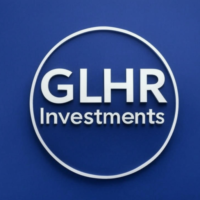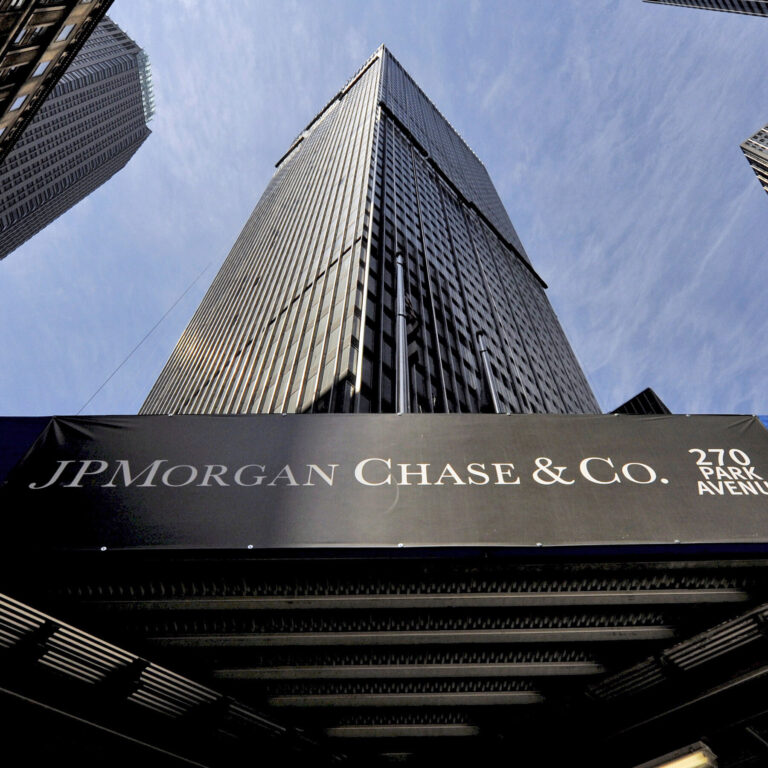
Apple’s iconic branding reflects its market dominance.
At GLHR Investing, we’re committed to breaking down the numbers and trends that matter to you. Today, we’re putting Apple Inc. (AAPL) under the microscope to explore its financial health, market position, recent developments, and what investors need to know. Here’s everything you need to understand about this tech titan.
- Company Overview: Apple Inc., headquartered in Cupertino, California, designs, manufactures, and markets consumer electronics, software, and services. Its iconic products include the iPhone, iPad, Mac, Apple Watch, and AirPods, complemented by services like Apple Music, iCloud, and Apple Pay. With a market cap fluctuating around $3 trillion, Apple remains a cornerstone of the tech sector.
- Stock Performance Snapshot:
- Current Price: As of April 11, 2025, AAPL closed at approximately $202.52, reflecting volatility amid recent market swings.
- 52-Week Range: $188.26 (low) to $259.02 (high), showing a 22.8% decline from its December 2024 peak.
- Year-to-Date: Down 8% in 2025, underperforming the S&P 500’s 4% decline, largely due to external pressures.
- Recent Financial Performance:
- Latest Earnings (Q4 2024): Apple reported $94.9 billion in revenue, up 6% year-over-year, driven by strong iPhone sales. Net income was $20.7 billion, with earnings per share (EPS) of $1.46, slightly beating analyst expectations.
- Revenue Breakdown: iPhone remains the largest contributor (46% of revenue), followed by Services (24%), Mac (10%), iPad (7%), and Wearables (7%). Greater China accounted for 17% of sales, a critical but volatile region.
- Balance Sheet: Apple holds $155 billion in cash and marketable securities, with $95 billion in debt, maintaining a robust financial position. Its free cash flow exceeds $100 billion annually, supporting dividends and buybacks.
- Market Trends Impacting AAPL:
- Tariff Turbulence: Apple’s stock took a hit after President Trump’s April 2, 2025, tariffs, which included a 54% levy on Chinese imports and 32% on Taiwanese goods. With 90% of iPhones manufactured in China, costs could rise, potentially increasing iPhone prices by $350 for models like the iPhone 16 Pro Max. A 90-day tariff pause announced April 8 provided relief, boosting AAPL 11% that day, but uncertainty lingers.
- Trade War Concerns: China’s retaliatory 34% tariff on U.S. imports threatens Apple’s margins in a market generating $15 billion quarterly. Investors worry about reduced demand if prices rise.
- AI and Innovation: Apple’s push into artificial intelligence, particularly AI integration in iOS 19 and edge devices, is viewed positively. Analysts see stable cash flows and AI potential as long-term growth drivers.
- Recent News and Developments:
- Innovation Challenges: Critics note Apple hasn’t launched a groundbreaking product since the Apple Watch and AirPods a decade ago. Services like Apple TV+ and Fitness+ trail competitors, and iPhone sales, 46% of revenue, rely on incremental upgrades.
- Supply Chain Shifts: Apple is diversifying manufacturing, increasing imports from India to 14% of iPhone production in 2024, up from 7% in 2023, to mitigate China risks.
- Cybersecurity Focus: Apple is bolstering device security amid rising global cyber threats, a move that could strengthen consumer trust but may increase R&D costs.
- Market Cap Battle: Apple briefly lost its title as the world’s most valuable company to Microsoft in early April 2025 after a $773 billion market cap drop over four days, though it regained ground post-tariff pause.
- Analyst Ratings and Price Targets:
- Consensus: Of 99 analysts, the median price target is $230.81, suggesting 14% upside from $202.52. High target: $325; low: $158. Ratings lean “Moderate Buy,” with concerns about tariffs tempering optimism.
- Notable Downgrades: Wedbush cut its target from $325 to $250, citing tariff exposure. Aletheia Capital downgraded to Sell with a $175 target, arguing overvaluation.
- Bullish Views: Bank of America maintains a Buy rating with a $250 target, emphasizing Apple’s earnings resilience and AI potential.
- Dividend and Shareholder Returns:
- Dividend: Apple pays a quarterly dividend of $0.25 per share, yielding 0.49% annually at current prices. The payout ratio is 15%, leaving room for growth.
- Stock Buybacks: In 2024, Apple repurchased $80 billion in shares, reducing outstanding shares by 2%. This supports EPS growth but hasn’t fully offset tariff-related declines.
- Historical Returns: A $1,000 investment five years ago would be worth $2,869 today, reflecting a 187% return, though recent volatility highlights risks.
- Competitive Landscape:
- Rivals: Apple faces pressure from Samsung in smartphones, Microsoft in software, and Amazon in services. Huawei’s growth in China challenges Apple’s premium market share.
- Moat: Apple’s ecosystem—integrating hardware, software, and services—creates high switching costs. Its brand loyalty and 2 billion active devices worldwide remain unmatched.
- Investor Considerations:
- Strengths: Apple’s cash flow, brand power, and growing Services segment (24% of revenue, up 12% in 2024) provide stability. Its Wearables division dominates with 70% market share in smartwatches.
- Risks: Heavy reliance on China (17% of revenue, 90% of manufacturing) exposes Apple to geopolitical shocks. A potential iPhone price hike could dent demand, especially in emerging markets.
- Valuation: At 40x earnings, AAPL trades at a premium to its historical 25x average, prompting debate about whether it’s a value play or overpriced.
- Long-Term Outlook: Apple’s AI investments and supply chain diversification could drive growth, but near-term tariff and trade war risks warrant caution.
- Why It Matters: Apple is a bellwether for tech and global trade. Its performance reflects broader economic trends, from consumer spending to U.S.-China relations. Investors must weigh its unmatched strengths against unprecedented external pressures.
Apple remains a world-class business, but it’s navigating choppy waters. At GLHR Investing, we see it as a long-term hold for diversified portfolios, though short-term volatility may test patience. Stay informed, and let’s keep building wealth together.








